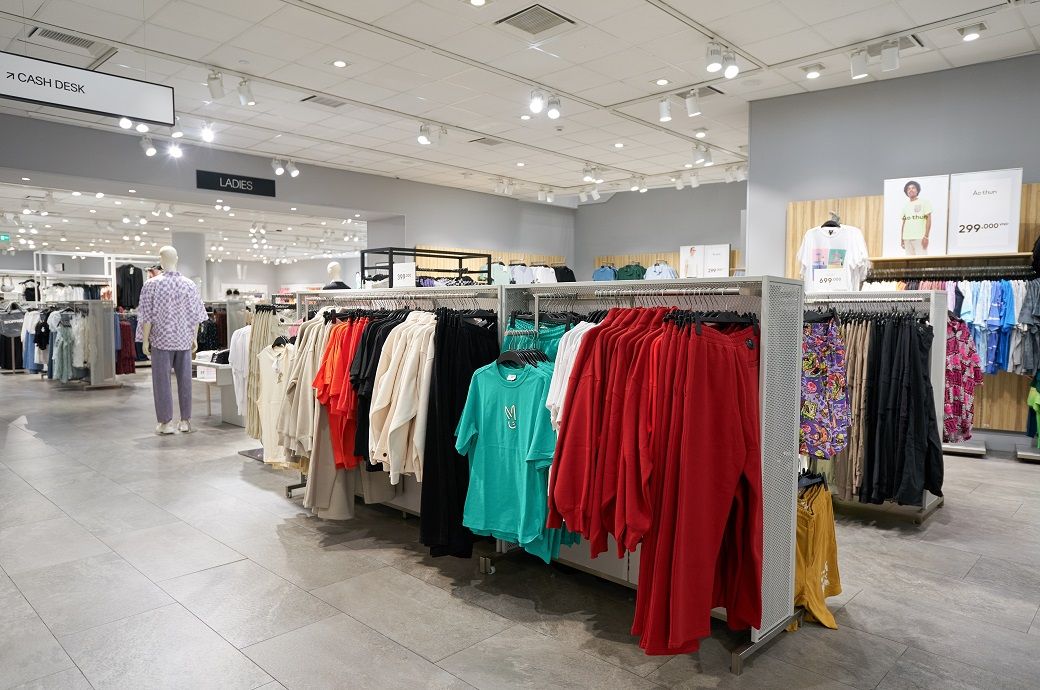
Producer confidence also declined in August and was negative for the first time since 2021. Producer confidence was also below the 20-year average. Six out of the 13 indicators in the CBS Business Cycle Tracer were performing above their long-term trend.
In Q2 2023, the volume of gross domestic product (GDP) fell by 0.3 per cent relative to the previous quarter. In Q1 2023, GDP fell by 0.4 per cent. The contraction in Q2 is mainly due to a decrease in the trade balance and in household consumption, according to the first quarterly estimate conducted by CBS.
In June 2023, the average daily output of the Dutch manufacturing industry was 7.7 per cent lower than in June 2022. Output also contracted YoY in the preceding months of this year. Relative to May, output rose by 0.7 per cent in June.
The total volume of goods exports (adjusted for number of working days) fell by 1.5 per cent in June YoY.
In Q2 2023, the number of hours worked, adjusted for seasonal effects, was 0.3 per cent lower than in the previous quarter. Total hours worked by employees and self-employed people over Q2 2023 amounted to over 3.6 billion.
At the end of June, there were 427,000 unfilled vacancies, 10,000 fewer than at the end of March 2023. After eight quarters of growth, between mid-2020 and mid-2022, the number of vacancies has decreased from the third quarter of 2022.
In July 2023, 362,000 people aged 15–74 years were unemployed. This is 3.6 per cent of the labour force. Over the three months May through July, unemployment increased by 6,000 per month on average.
In Q1 2023, turnover at temporary employment and job placement agencies rose by 3.2 per cent relative to the previous quarter.
Fibre2Fashion News Desk (NB)